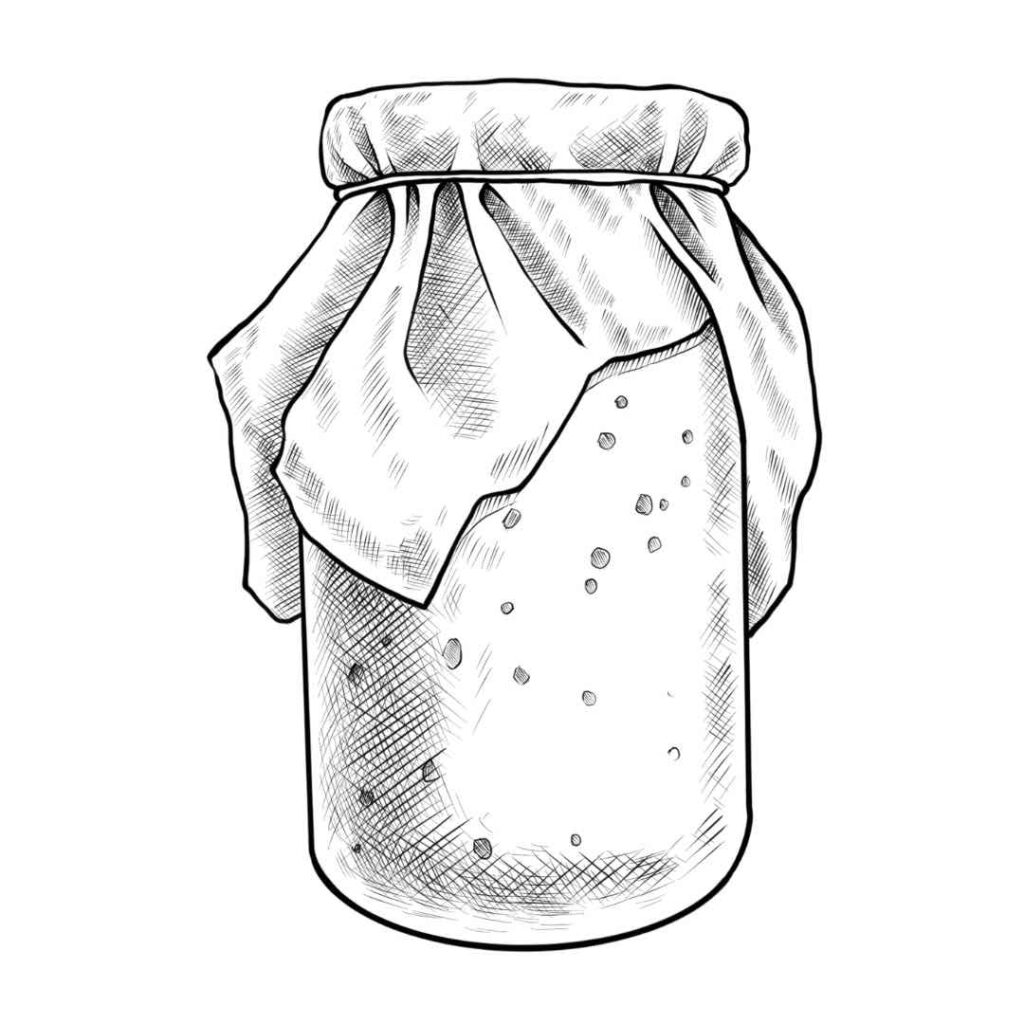Ready to Recharge and Enjoy Real Food in Nature?
Cook, connect, and grow in the heart of our regenerative farm.
Real food. Deep rest. Lifelong memories.
Preserving and fermenting food at home can be a rewarding experience, giving you control over the ingredients and flavors of your pantry staples. However, to ensure safety and achieve the best results, it’s crucial to follow proper food hygiene and preservation techniques. This guide covers essential practices for fermenting and canning, including the necessary tools, temperatures, times, and best practices.
Cleanliness is Key:
Prevent Cross-Contamination:
Storage:
Fermentation Basics:
Tools:
Best Practices:
Canning Basics:
Tools:
Process:
Best Practices:
Here’s a table summarizing some of the most dangerous foodborne bacteria and viruses, including the temperature ranges, salt levels (NaCl), and water activity (aw) conditions under which they thrive or cannot survive
| Pathogen | Temperature Range (°C) | Cannot Survive Above (°C) | Spore/Toxin Survival Temperature (°C) | Survive Below (°C) | Salt Level Tolerance (%) | pH Level Range | Cannot Survive Below (pH) |
|---|---|---|---|---|---|---|---|
| Salmonella | 7 – 48°C | 70°C | N/A | Below 7°C | Up to 4% | 4.0 – 9.0 | 4.0 |
| E. coli O157 | 7 – 46°C | 70°C | N/A | Below 7°C | Up to 8% | 4.4 – 9.0 | 4.4 |
| Listeria monocytogenes | 1 – 45°C | 74°C | N/A | Below 1°C | Up to 10% | 4.4 – 9.4 | 4.4 |
| Clostridium botulinum | 3 – 50°C | 85°C | Spores survive up to 121°C; Toxin inactivated at 80-100°C (10 min) | Below 3°C (psychrotrophic strains) | Up to 5% | 4.6 – 8.9 | 4.6 |
| Staphylococcus aureus | 7 – 48°C | 60°C | Toxin survives up to 121°C | Below 7°C | Up to 20% | 4.2 – 9.3 | 4.2 |
| Campylobacter | 30 – 45°C | 60°C | N/A | Below 30°C | Up to 2% | 4.9 – 9.0 | 4.9 |
| Vibrio cholerae | 10 – 42°C | 55°C | N/A | Below 10°C | Up to 8% | 6.0 – 9.6 | 6.0 |
Clostridium botulinum:
Staphylococcus aureus:
Campylobacter:
Vibrio cholerae:
This updated table now includes comprehensive details about the survival conditions for both spores and toxins of these pathogens, providing a thorough overview for food safety considerations.
Key Points:
Conclusion
Home preservation through fermentation and canning can be a fantastic way to enjoy seasonal produce all year round. By adhering to proper food hygiene and following precise fermentation and canning techniques, you can ensure your preserved foods are safe, delicious, and long-lasting. Remember to always stay informed about best practices and consult reliable sources for updated
Important Notice: The information provided in this guide is intended for educational purposes to assist you in safely preserving and fermenting food at home. While we strive to offer accurate and helpful guidelines, the responsibility for ensuring food safety ultimately rests with the individual home cook.
Please be aware that:
By using this guide, you acknowledge and accept responsibility for your own food safety practices and the outcomes of your home preservation efforts.
guidelines. Happy preserving!
Ready to Recharge and Enjoy Real Food in Nature?
Cook, connect, and grow in the heart of our regenerative farm.
Real food. Deep rest. Lifelong memories.
